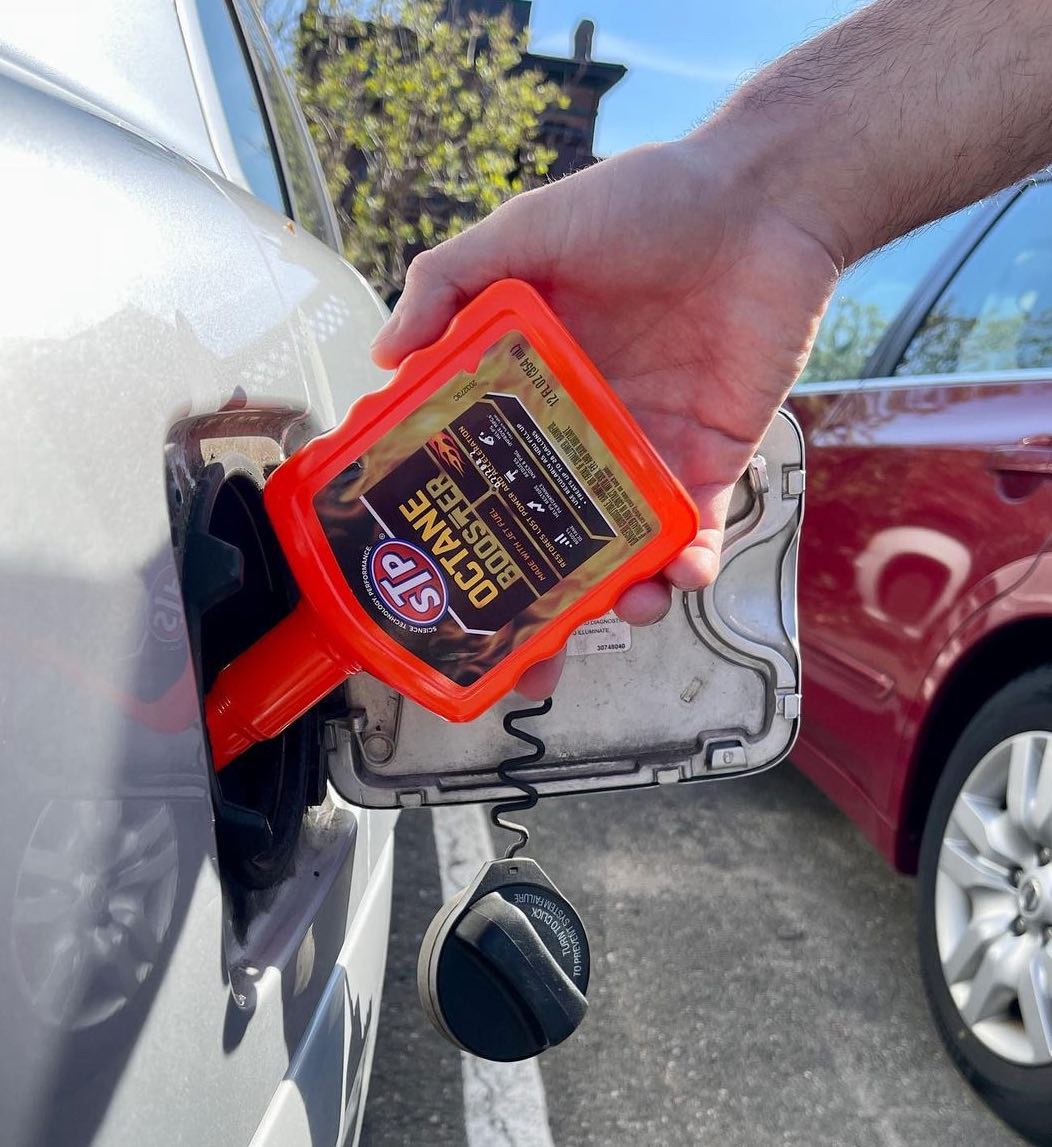Octane boosters are becoming more and more popular as a means of increasing engine performance. When used correctly, they can improve fuel efficiency and reduce preignition risk, which is critical for those driving high-performance vehicles like Jeep. But determining how much octane booster to add in a Jeep can be tricky. Finding the right balance between performance benefits and potential risks, such as increased engine wear or damage, is important. In this article, we will explore what octane booster is, why it’s essential for Jeep owners, and provide guidelines on how much octane booster to add to your vehicle. By following these steps, you can get the most out of your Jeep with minimal risk of potential damage or harm to its components.
What Is an Octane Booster?
An octane booster is a fuel additive designed to improve the octane rating of your vehicle’s gasoline, resulting in better engine performance and fewer knocks and pings. Octane boosters clean up deposits on the intake valves and combustion chambers, increasing the engine’s efficiency. The cleaning agents also assist in minimizing harmful emissions from your vehicle’s exhaust system. Generally, octane boosters will increase your vehicle’s octane rating by one or two points; however, some brands may be able to provide a greater improvement depending on their formulation. The effectiveness of an octane booster will depend on how old and dirty your vehicle’s engine is; a new or well-maintained engine may see less benefit from an octane booster than an older one that has amassed more deposits over time.
Benefits of Adding Octane Booster
Adding an octane booster to your vehicle can provide a variety of benefits, including:
-
Improved engine performance: The higher octane rating will help your engine run more efficiently and perform better over time.
-
Reduced emissions: As the octane booster helps clean up deposits in the combustion chambers, it can reduce harmful hydrocarbon and nitrogen oxide emissions from your vehicle’s exhaust system.
-
Increased fuel economy: Cleaner engines use fuel more efficiently, so you could see an improvement in your car’s fuel economy if you use an octane booster regularly.
-
Extended engine life: Keeping deposits out of the engine helps reduce wear and tear on its components, helping extend its lifespan.
Types of Octane Boosters Available on the Market Today
When choosing an octane booster for your vehicle, a few types are available on the market today. Below is a list of some of the most popular types available today and their key features.
-
Ethanol Octane Boosters
These are typically made from ethanol or other alcohols that help increase the octane rating and reduce combustion chamber deposits. They may also contain additional cleaning agents that help keep intake valves clean and prevent preignition issues. -
Lead Replacement Octane Boosters
These additives contain lead substitutes such as magnesium or manganese compounds that increase detonation resistance like leaded gasoline without leaving any residue in the cylinder walls or valves. These are generally safe for all engines but may not be as effective as other types of boosters, depending on the deposit levels in an engine’s combustion chamber. -
Synthetic Blend Octane Boosters
These blends contain both petroleum-based components such as detergents and synthetic components like polymers, which provide improved protection against preignition problems while also helping to clean up existing deposits on intake valves and combustion chambers.
How Much Octane Booster to Add
The amount of octane booster you should add to your vehicle depends on the product you are using, the octane rating of your fuel, and how dirty your engine is. Generally, add up to 8 ounces of octane booster for a 6-cylinder engine and up to 12 ounces for an 8-cylinder engine. If your engine is older and has more deposits, you may need to use more of the additive to get the desired result. It’s also important to note that some brands may require a different amount than recommended here; in these cases, follow the manufacturer’s instructions when adding an octane booster to your fuel tank.
Potential Risks with Overuse
Although adding an octane booster can provide several benefits, such as improved performance and fewer emissions, there are potential risks associated with overusing these additives. For example, if too much is used in one gasoline tank, it can cause preignition or knocking in engines not designed for higher octane ratings. Furthermore, some boosters may contain lead substitutes, which can cause corrosion or build-up on cylinder walls if not used according to the manufacturer’s specifications. Therefore, you must take caution when using any fuel additive and follow all instructions provided by the manufacturer when adding these additives to your vehicle’s fuel tank.
Conclusion
Adding an octane booster to your vehicle can help improve engine performance and reduce emissions while also helping your engine run more efficiently. However, it’s important to note that there are potential risks associated with the overuse of these additives; therefore, you should always follow the instructions provided by the manufacturer when adding any fuel additive to your Jeep’s tank. Additionally, be sure to choose a product that is compatible with your vehicle and its needs so that you get the best results possible. With this information, you can ensure you’re getting the most out of adding an octane booster to your Jeep.


Add Comment